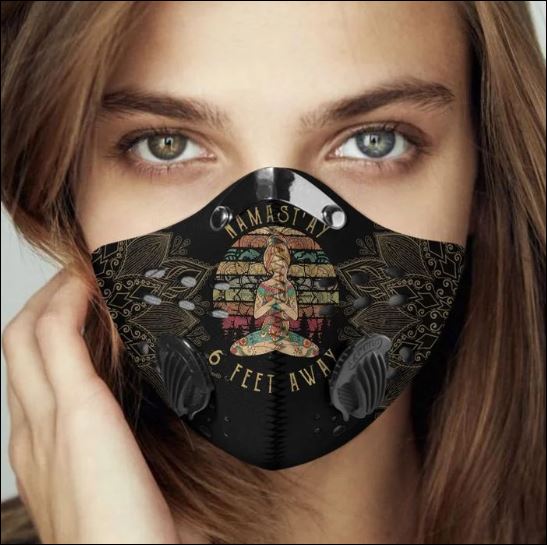Various seals apparently portraying unicorns have been found from the Indus Valley Civilisation. Seals TO MY HUSBAND GOD BLESSED THE BROKEN ROAD THAT LED ME STRAIGHT TO YOU DOG TAG with such a structure are believed to be a sign of high social status.
Click here to buy more product at Pdnshirt
TO MY HUSBAND GOD BLESSED THE BROKEN ROAD THAT LED ME STRAIGHT TO YOU DOG TAG


Ctesias got his data while living in Persia. Unicorns on an alleviation form have been found at the old Persian capital of Persepolis in Iran. Aristotle must be following Ctesias when he makes reference to two one-horned creatures, the oryx (a sort of eland) and the supposed “Indian ass”. Strabo says that in the Caucasus there were one-horned ponies with stag-like heads. Pliny the Elder notices the oryx and an Indian bull (maybe a rhinoceros) as one-horned brutes, just as “an exceptionally furious creature called the monoceros which has the leader of the stag, the feet of the elephant, and the tail of the pig, while the remainder of the body resembles that of the pony; it makes a profound lowing commotion, and has a solitary dark horn, which ventures from the center of its temple, two cubits [900 mm, 35 inches] long.” In On the Nature of Animals (Περὶ Ζῴων Ἰδιότητος, De natura animalium), Aelian, citing Ctesias, includes that India delivers likewise a one-horned pony (iii. 41; iv. 52), and says (xvi. 20) that the monoceros (Greek: μονόκερως) was at times called cartazonos (Greek: καρτάζωνος), which might be a type of the Arabic karkadann, signifying “rhinoceros”.
How to buy !


These have additionally been deciphered as portrayals of aurochs—a kind of huge wild dairy cattle that in the past possessed Europe, Asia and North Africa—or subsidiaries of aurochs, in light of the fact that the creature is constantly appeared in profile, showing there may have expected to have been another horn, which isn’t seen. Unicorns are not found in Greek folklore, but instead in the records of characteristic history, for Greek authors of common history were persuaded of the truth of unicorns, which they accepted lived in India, a far off and astonishing domain for them. The most punctual depiction is from Ctesias, who in his book Indika (“On India”) portrayed them as wild asses, armada of foot, having a horn a cubit and a half (700 mm, 28 inches) long, and hued white, red and dark.






